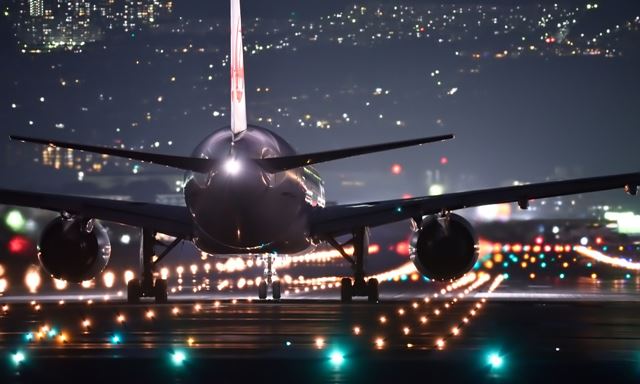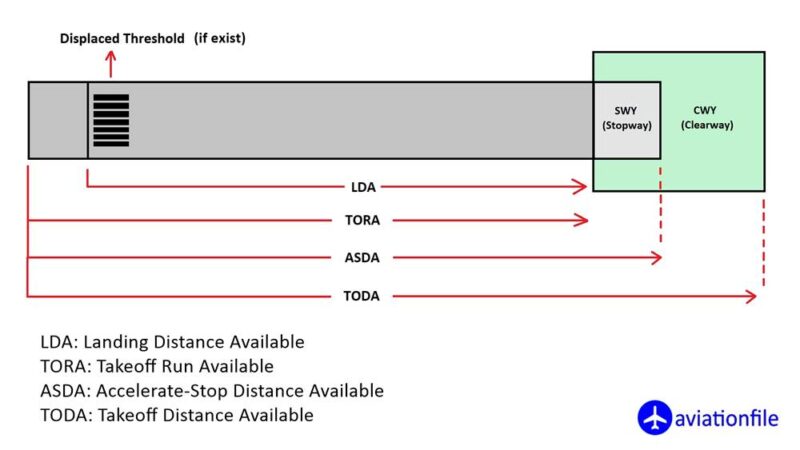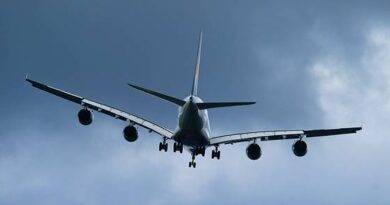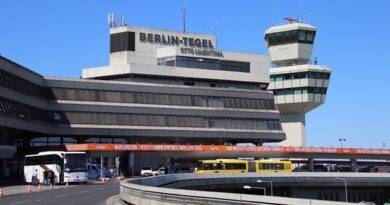The Advantages and Disadvantages of Long Runways: Are They Always Necessary?
When it comes to aviation infrastructure, runways play a crucial role in facilitating safe takeoffs and landings for aircraft. While the length of runways can vary significantly, there has been an ongoing debate about the advantages and disadvantages of long runways. This article aims to explore the benefits and drawbacks of longer runways and whether they are always necessary.
1. Enhanced Safety
Long runways offer several safety advantages for aircraft operations:
a. Takeoff and Landing Distances: Longer runways provide more room for aircraft to accelerate during takeoff and decelerate during landing. This allows for improved safety margins, especially for aircraft with higher approach speeds or heavier loads.
b. Mitigation of Risk Factors: Longer runways help mitigate various risk factors, such as wildlife hazards, wind shear, and uneven terrain. They provide ample space for pilots to safely maneuver and abort takeoffs or landings if necessary, reducing the likelihood of accidents.

2. Increased Operational Flexibility
Long runways offer several operational benefits that contribute to the efficiency and flexibility of air transport:
a. Accommodating a Wide Range of Aircraft: Longer runways can accommodate a broader range of aircraft types and sizes, including larger commercial jets and cargo planes. This flexibility allows airports to attract more airlines and handle increased passenger and cargo volumes.
b. Ability to Handle Longer Routes: Longer runways enable aircraft to take off with a greater fuel load, which expands their range and enables non-stop flights to more distant destinations. This feature is particularly advantageous for long-haul flights and reduces the need for fuel stops or layovers.

3. Economic Advantages
Long runways can contribute to the economic growth of a region and benefit various stakeholders:
a. Attracting Airlines and Investments: Airports with long runways are more likely to attract major airlines, as they can handle a wider range of aircraft. This increased airline presence can stimulate tourism, trade, and business activities, driving economic growth and attracting investments to the region.
b. Cargo and Logistics Operations: Long runways enable airports to handle larger cargo aircraft, facilitating the transportation of goods and enhancing logistics capabilities. This advantage can boost local industries, support exports and imports, and create employment opportunities.
Disadvantages of Long Runways
While long runways offer numerous advantages, they also come with certain drawbacks:
a. Higher Construction and Maintenance Costs: Building and maintaining longer runways involve higher costs, including land acquisition, pavement construction, lighting, and ongoing maintenance. The financial burden may be significant, especially for smaller airports or regions with limited resources.
b. Land Use and Environmental Impact: Longer runways require more land, which can lead to conflicts with surrounding communities or environmentally sensitive areas. Additionally, constructing longer runways may have environmental consequences, including habitat disruption, noise pollution, and increased carbon emissions.
Are Long Runways Always Necessary?
Long runways are not always necessary for every airport. The runway length requirements depend on several factors, including the airport’s location, types of aircraft expected to operate, and the anticipated passenger and cargo demand. Smaller regional airports or those serving short-haul flights may not require excessively long runways.
Airports need to consider their specific operational needs and long-term growth projections when determining runway length. Conducting a comprehensive analysis, including cost-benefit assessments and environmental considerations, can help strike the right balance between runway length and operational requirements.
Conclusion
Long runways offer significant advantages in terms of safety, operational flexibility, and economic growth. They enhance safety margins, accommodate various aircraft types, and attract airlines and investments. However, the construction and maintenance costs, land use conflicts, and environmental impacts associated with longer runways should also be carefully evaluated.
While long runways are not always necessary for every airport, striking a balance between operational requirements and infrastructure investments is essential. Each airport must assess its unique needs and growth potential to determine the optimal runway length that maximizes benefits while minimizing drawbacks.
References:
- International Civil Aviation Organization (ICAO) – www.icao.int
- Federal Aviation Administration (FAA) – www.faa.gov
- Airports Council International (ACI) – www.aci.aero
- Airport Cooperative Research Program (ACRP) – www.trb.org/ACRP
- International Air Transport Association (IATA) – www.iata.org
- Aircraft Owners and Pilots Association (AOPA) – www.aopa.org
- Journal of Air Transport Management
- Journal of Aviation/Aerospace Education & Research
- https://www.aviationfile.com/factors-effecting-runway-lenght/


